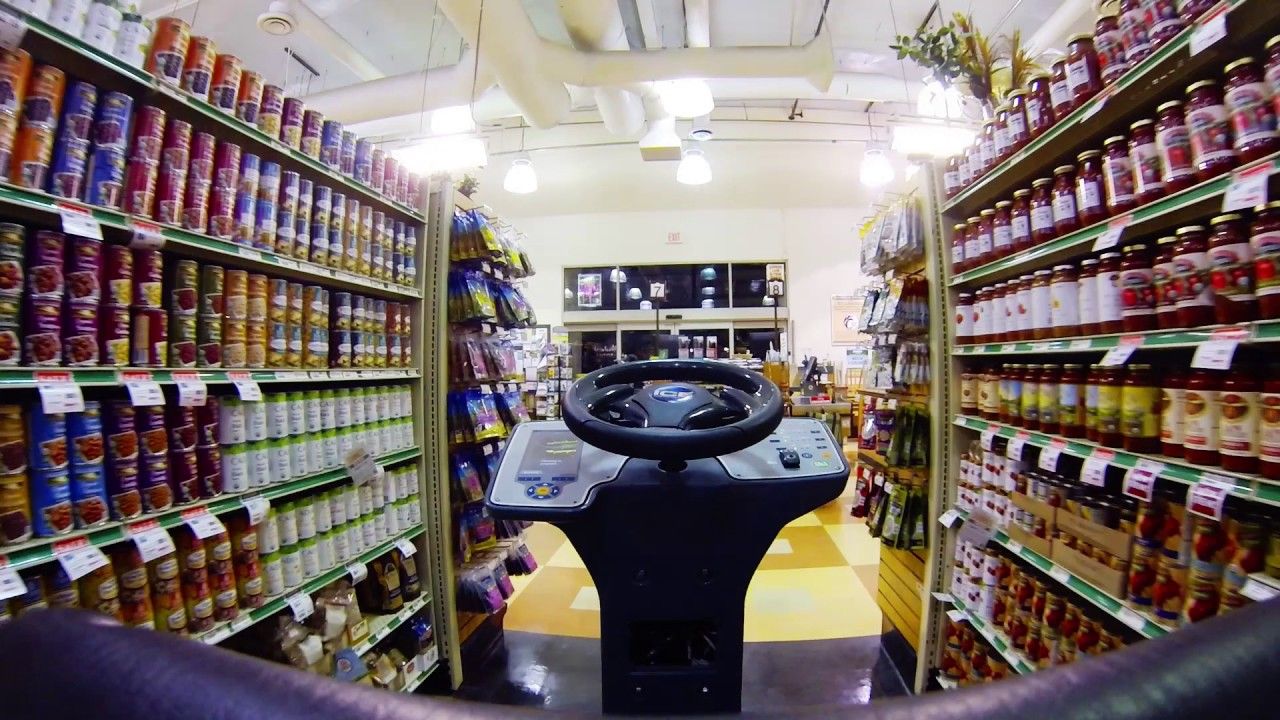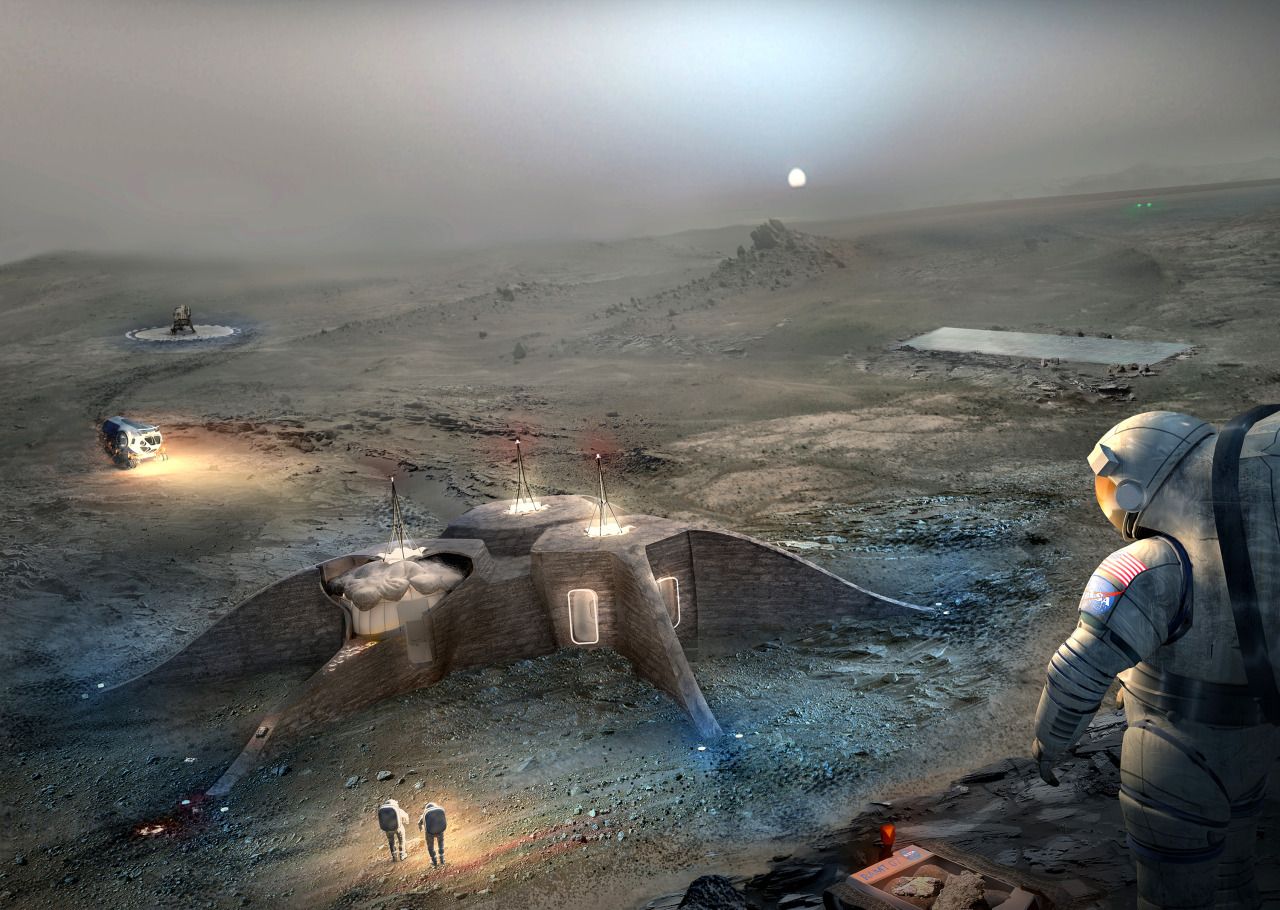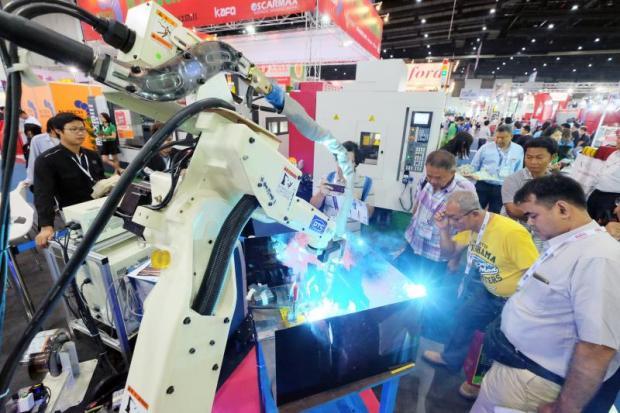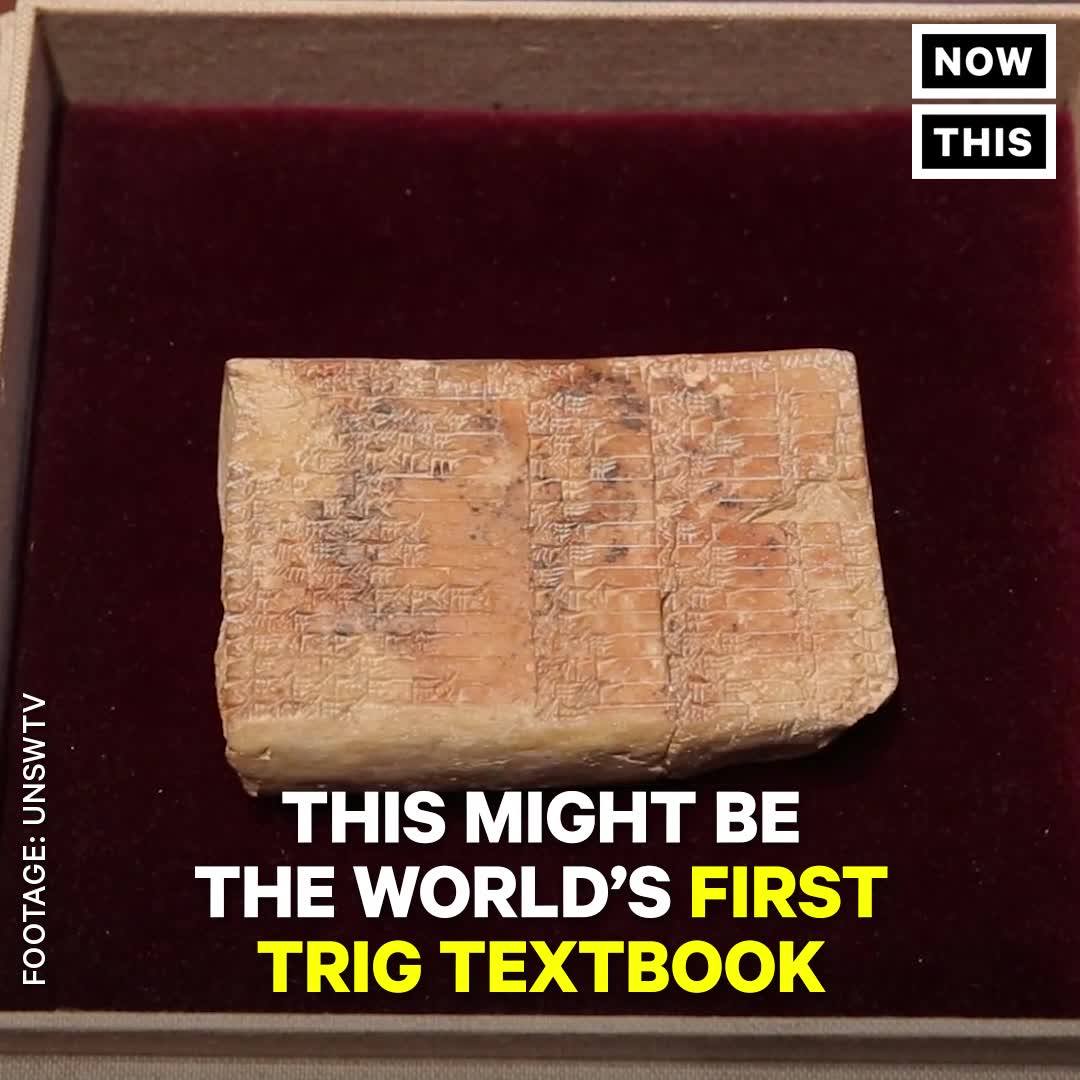Fantastic momentum so far on the MouseAge campaign, which raised over 10% of its goal on the first day! To learn more about how we are speeding up research and helping reduce animal suffering vist the campaign page:
https://www.lifespan.io/campaigns/mouseage-photographic-aging-clock-in-mice
A big thanks to Elena Milova, Thomas Klauset Aurdal, Jim Mellon (Juvenescence), James Joyce, Emanuele Ascani, Louie Helm, Martin Kleman, William DeVore, John D Gauchat, Peter Svensson, Poly Mamoshina, Felix Weimer, Reason (Fight Aging), Gennady Stolyarov (US Transhumanist Party). Alexey Strygin, Aleksandr Popov, Lars Christensen, Matthew Clarke and our Anonymous donors!









